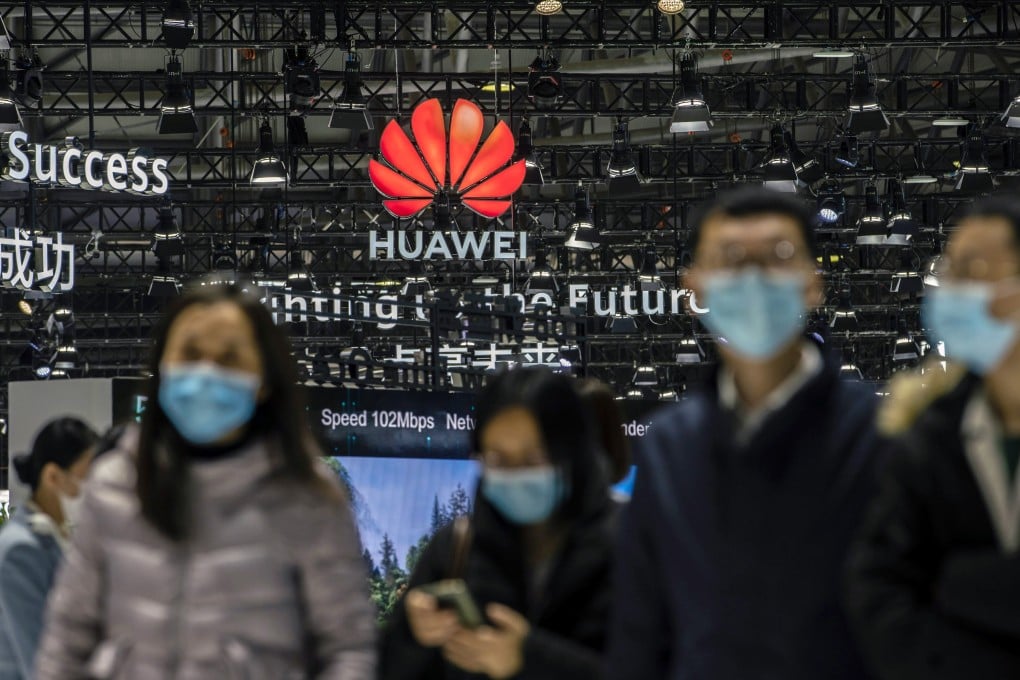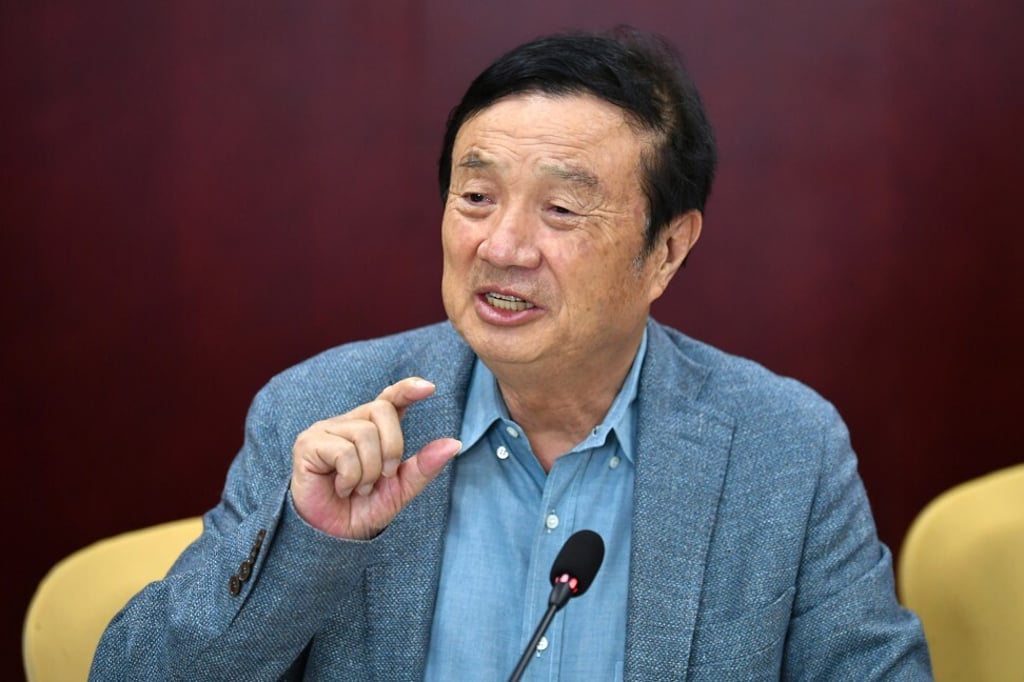Huawei founder Ren Zhengfei aims to make ‘first-class’ products with ‘third-class’ components
- The strategy may lead Huawei to ‘abandon some countries, some customers and some products’ to cope with stifling US trade curbs
- The Shenzhen-based company expects to focus on making other consumer products, as the supply of smartphone components tightens

Ren, 76, aims to further sharpen that focus to ensure Huawei’s survival. In a recent internal meeting, Ren said the company must try to use “third-class” components to manufacture “first-class” products amid stifling US trade restrictions.
“In the past, we have ‘spare parts’ for high-end products,” said Ren, according to a report on Wednesday by Chinese media Caixin citing memos from the company’s 2021 working conference. “But now the US has completely blocked Huawei’s access [to such components] and even commercialised products cannot be supplied to us.”
Ren said Huawei must “work hard to sell products and services that can be sold and [help] maintain the market position of [its]core business” in 2021. “In terms of market strategy … we must dare to abandon some countries, some customers, some products and some scenarios,” he said.
